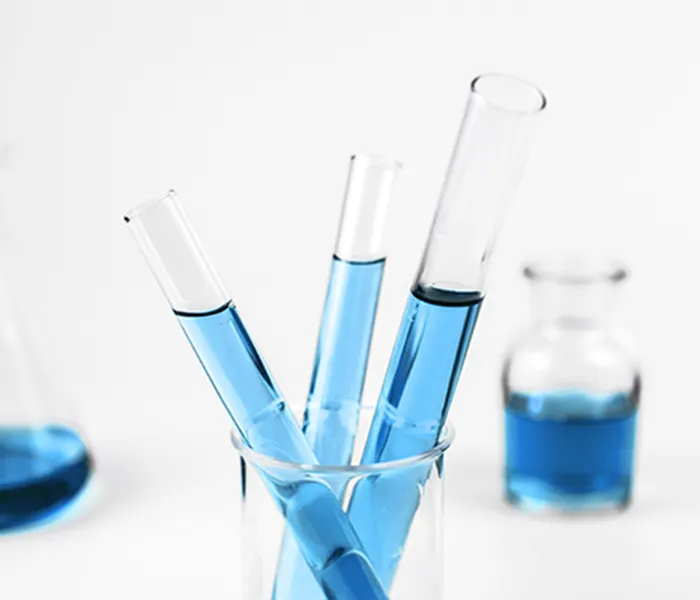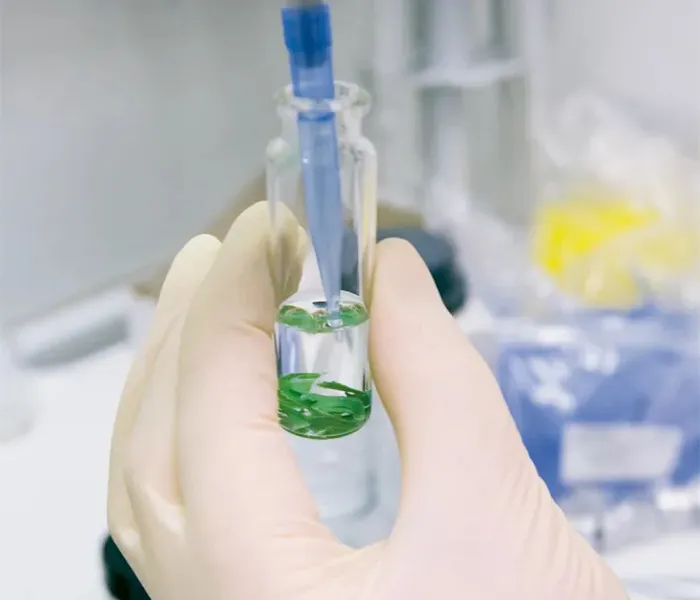Silane compounds play a crucial role in various industries, from construction and automotive to electronics and healthcare. When it comes to selecting the right silane for your application, the choice between organic and inorganic silane can significantly impact the performance and longevity of your products. In this article, we will delve into the characteristics, advantages, and applications of both organic and inorganic silane, helping you make an informed decision for your specific needs.

Organic Silane: Enhancing Performance with Versatility
Organic silane compounds are derived from carbon-based molecules, offering a wide range of functional groups that can be tailored to specific applications. Their organic nature provides several advantages, including improved adhesion, compatibility with organic materials, and enhanced chemical reactivity. Organic silanes are commonly used as coupling agents, surface modifiers, and adhesion promoters in industries such as coatings, plastics, and rubber. Their versatility makes them an excellent choice for applications where compatibility with organic substances is paramount.
Organic silanes offer a diverse range of functional groups, such as amino, epoxy, methacryloxy, and vinyl, among others. These functional groups enable them to interact with various types of substrates and enhance adhesion. For example, silanes with amino groups can form strong bonds with surfaces containing active hydrogen atoms, while epoxy-functional silanes can crosslink with organic polymers, improving the mechanical properties of the composite material. The ability to customize organic silanes to specific applications makes them highly versatile and adaptable to various industries.
Inorganic Silane: Unmatched Durability and Stability
Inorganic silanes, also known as alkoxysilanes, are derived from inorganic precursors such as silicon tetrachloride. These compounds offer exceptional durability, stability, and resistance to harsh environmental conditions. Inorganic silanes are widely used as crosslinkers, water repellents, and corrosion inhibitors in applications such as construction materials, sealants, and coatings. Their inorganic nature imparts superior mechanical strength and resistance to UV radiation, making them ideal for long-lasting and high-performance applications.
Inorganic silanes undergo hydrolysis upon contact with moisture, forming silanol groups that can react with other silanol groups or condense with the substrate’s surface. This reaction leads to the formation of a stable network of siloxane bonds, providing excellent adhesion and durability. Inorganic silanes offer remarkable resistance to temperature extremes, chemicals, and weathering, making them suitable for applications exposed to harsh environments. Additionally, their low volatility and high thermal stability contribute to their long-term effectiveness.
Choosing the Right Silane for Your Application
To determine the ideal silane for your application, several factors need to be considered. These include the substrate material, desired properties (such as adhesion, chemical resistance, or water repellency), environmental conditions, and processing requirements. Organic silanes excel in applications involving organic materials, such as bonding plastics or improving paint adhesion on organic substrates. In contrast, inorganic silanes are preferred for applications requiring exceptional durability, resistance to extreme temperatures, and harsh chemical environments.
For example, in the automotive industry, organic silanes are commonly used as adhesion promoters for bonding rubber to metal or plastic substrates. The organic functional groups in these silanes enhance the compatibility between the rubber compound and the substrate, improving the overall adhesion strength. In the construction industry, inorganic silanes find applications as water repellents for concrete and masonry surfaces. These silanes penetrate the porous structure of the substrate, forming a hydrophobic barrier that prevents water ingress while allowing the material to breathe.
Synergistic Blends: Combining the Best of Both Worlds
In some cases, a combination of organic and inorganic silanes can offer synergistic benefits, leveraging the strengths of both compounds. By blending organic and inorganic silanes, it is possible to achieve enhanced adhesion, improved mechanical properties, and increased resistance to various environmental factors. Synergistic blends are often used in challenging applications that demand a balance between organic compatibility and inorganic durability.
For instance, in the formulation of coatings, a blend of organic and inorganic silanes can provide excellent adhesion to the substrate while offering enhanced resistance to UV radiation and chemical exposure. The organic silane component improves the compatibility with the organic binder, promoting adhesion, while the inorganic silane imparts durability and resistance to environmental factors. This combination allows for a coating that performs well in both adhesion and long-term durability.
Choosing between organic and inorganic silane depends on the specific requirements of your application. Organic silanes offer versatility, compatibility with organic materials, and enhanced reactivity, making them suitable for a wide range of applications. Inorganic silanes, on the other hand, provide unmatched durability, stability, and resistance to harsh conditions. Understanding the unique characteristics and advantages of each type of silane is essential in selecting the most appropriate option to optimize the performance and longevity of your products.
Understanding your application needs and making an informed decision is critical when choosing between organoc silanes and inorganic silanes. Our article has revealed the differences between organoc silanes and inorganic silanes to help you decode the better choice. Now, let our website provide you with more product information! Click to visit our website hskbrchemical.com to learn about our diverse and high-quality products. We are confident that you will find the solution you need here. Don’t miss this opportunity, come explore!





